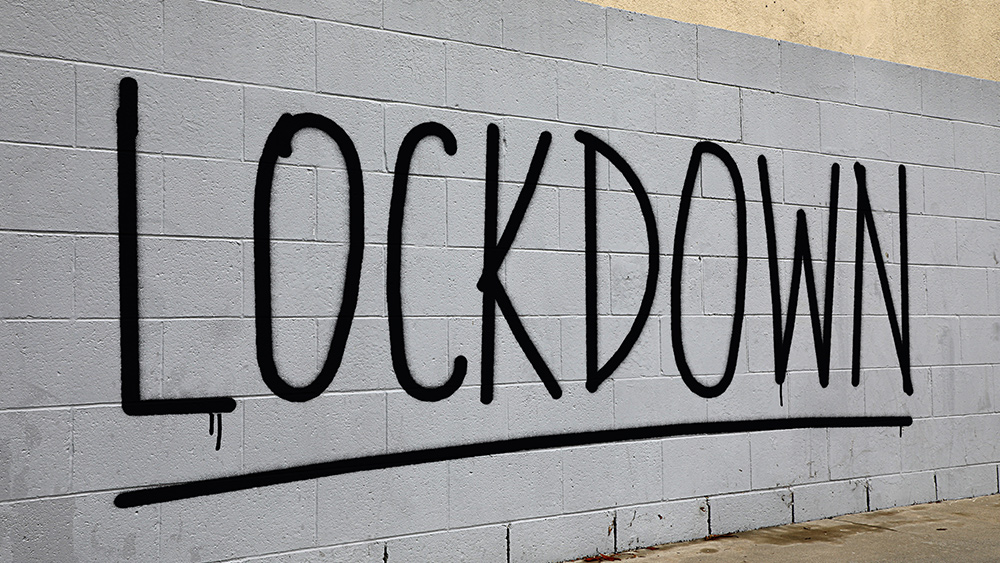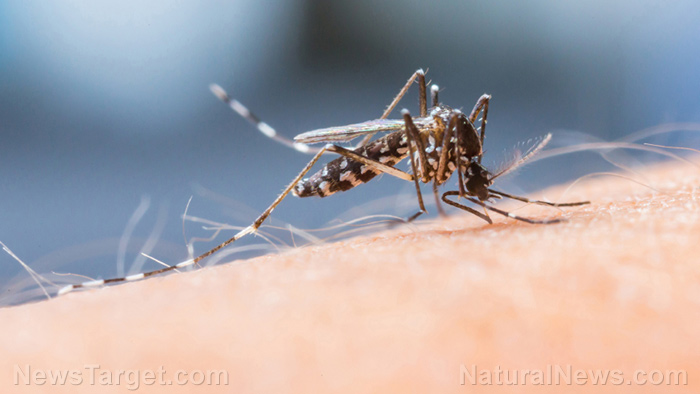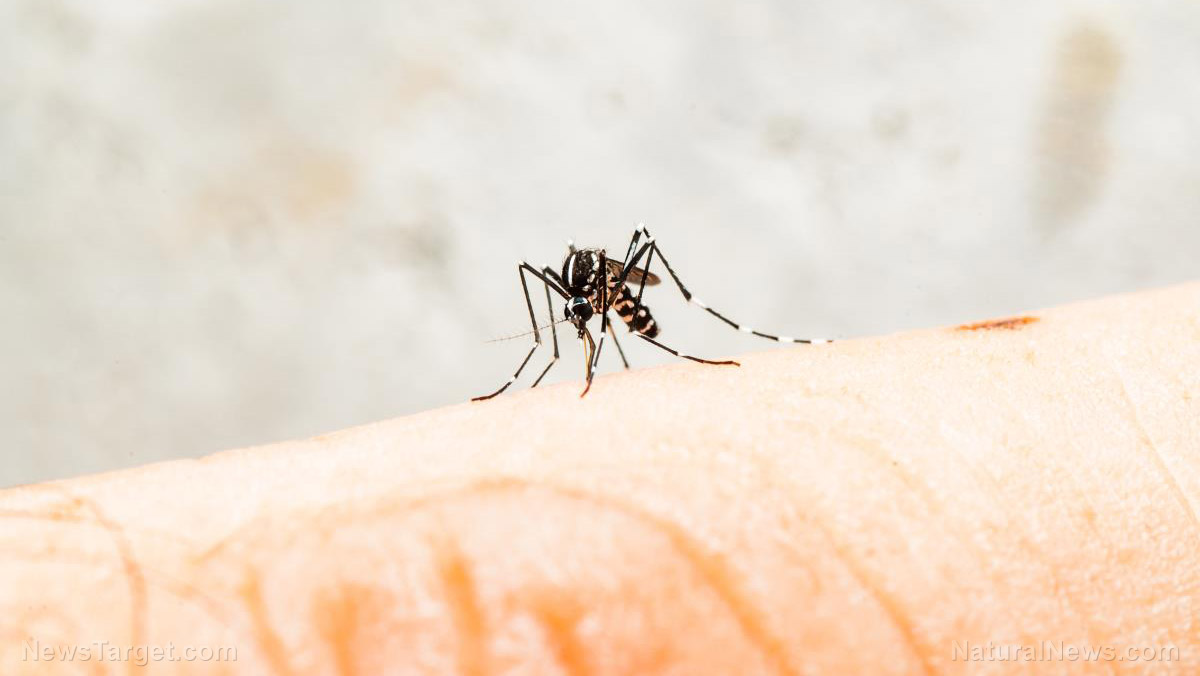
As exclusively reported by The Hill, the outbreak that is stretching New York City hospitals to their max “is just the first in a wave of local outbreaks to strike cities across the country in the coming weeks.”
Dr. Anne Schuchat, the principal deputy director of the Centers for Disease Control and Prevention, said her agency is already seeing cases in other cities begin to spike. And while currently the Big Apple is home to nearly half the coronavirus cases in the country, other locations and regions are seeing cases rise at alarming rates.
“We're looking at our flu syndromic data, our respiratory illness that presents at emergency departments. Across the country there's a number of areas that are escalating,” she told The Hill.
“The numbers in New York are so large that they show up, but we're looking at increases over time and we're really seeing some in a number of places. It would be surprising to me, based on what I've seen about how this virus spreads, if it were not going to increase in many other parts of the country,” she added.
The nation’s top health agency has already sent some 1,500 epidemiologists, scientists and experts to some of the nation’s COVID-19 hotspots, including NYC and Seattle, the latter where the first U.S. cases of the virus were seen in January and February.
Now, Schuschat said, teams have also been dispatched to Louisiana, Wisconsin and Colorado, among other places — though she declined to name the cities specifically.
That said, New Orleans has seen a rapid rise in coronavirus cases in recent days after Louisiana reported its first case March 9. A week later, the state had recorded 100 cases, and between Sunday and Wednesday, the caseload doubled to about 1,800. (Related: New estimates from UW School of Medicine project 80,000 coronavirus deaths in the USA by July… even with the lockdowns in place.)
‘There’s just dozens of places we’re watching’
Louisiana Gov. John Bel Edwards (D) noted Tuesday that rate of increase for coronavirus cases in his state was similar to the rises in Italy and Spain, two of Europe’s hardest-hit countries. There, health systems have nearly collapsed under the weight of cases and now doctors are being forced to make extremely tough decisions about who does — and does not — get treated.
Colorado officials, meanwhile, reported almost 1,000 cases on Thursday, or double what had been confirmed on Sunday. In Wisconsin, health officials noted that the state’s caseload had risen from 385 on Sunday to 585 Thursday.
The Hill noted further:
Along with hard-hit New York, with some 30,000 confirmed cases, the epidemic is spreading more broadly. New Jersey has reported more than 4,400 cases. California, Michigan and Washington have all confirmed more than 2,000 cases, and Florida, Georgia, Illinois, Massachusetts and Pennsylvania had all recorded more than 1,000 cases, according to state health laboratories compiled by The COVID Tracking Project, a group led by the journalist Alexis Madrigal.
“There's just dozens of places we're watching,” Schuchat told the news site. “We really need to expect that the whole country's at risk here, and we have to look across our health care system within each jurisdiction to have them be as strong as possible.”
Meanwhile, President Trump suggested earlier this week he wants to the country to “reopen” by Easter Sunday, which is April 12. But that runs afoul of the advice he is getting from most of his top medical advisors, The Hill notes, who are warning him that doing so will expose far more Americans to new infections and thus dramatically raise the death toll.
Schuchat said ending social distancing practices, for example, would be disastrous.
Sources include:
Please contact us for more information.





















